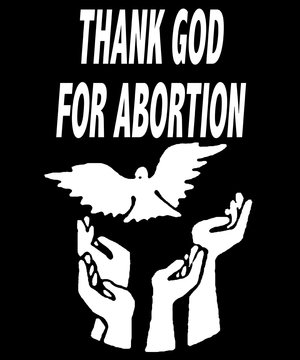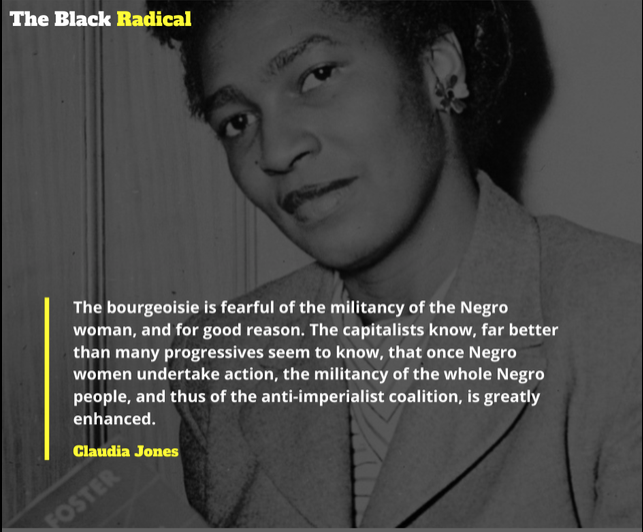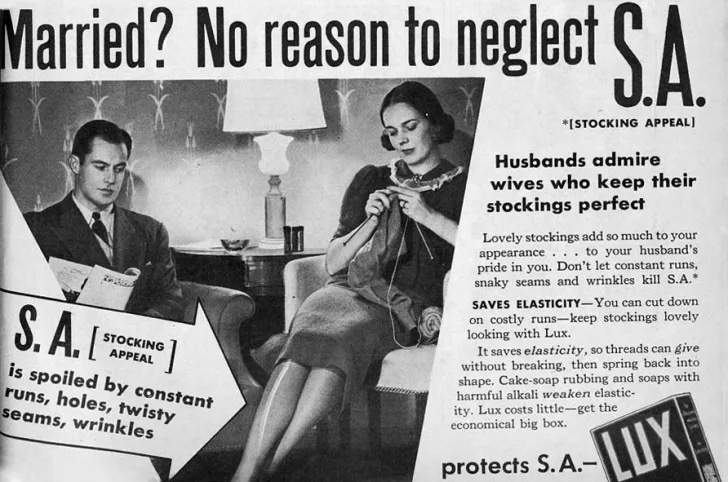“Paris is Burning” showed no pretense when it came to portraying drag culture in 1980’s New York. It showcased the glamorous fun parts and the sad underbelly of sex work. I found myself wishing I could have experienced life in Manhattan before it transformed into more of a playground for the rich rather than the misunderstood artists and freaks. I don’t want to over-glamorize that era because I know that there was so much pain and suffering that came with it, but there was also an undeniable soul to the city.
The sense of family and belonging that the queens had with one another was truly heartwarming. Pictured in Enrique’s snapshot is a photo of The Ballroom. I loved the D.I.Y. bare bones feel of The Ballroom. I’d like to think if I was alive back then I would have been hanging out there too. I enjoyed seeing the huge variance in age amongst the community. You had the young lost 13-year-old boys, you had the older seasoned queens who were probably in their 40’s – 50’s, and you had the “children” in between.
The documentary made it seem as though drag arose from a place of wanting to feel beautiful and powerful, which is the opposite of what mainstream society made gay and trans people feel. The existence of gay and trans people was unacceptable to the majority of society, who would prefer to see the gay and trans community stay closeted. By emulating these powerful actresses and super models, the drag queens got to taste just a slice of that glamour and power that they were never allowed to feel as gay men.
It’s interesting that during some of the interviews, especially the interview with Venus, it becomes clear that although these people were seen as living on the fringe of society, they had pretty normal hopes and desires for the future. Venus wanted to get married in a church and settle down with a man somewhere in Florida or the Poconos. She had traditional desires but was forced into sex work to survive. She was murdered by strangulation. She never got to grow old. She never got to get married in a white dress.
The other reading for the week was “The Combahee River Collective Statement”. In this statement by Combahee River Collective, Black feminists address their unique underserved position in society, and the intersection of different forms of oppression that they face. The statement, “For example, we were told in the same breath to be quiet both for the sake of being “ladylike” and to make us less objectionable in the eyes of white people,” expresses a compound oppression specific to the experience of Black women. Black women have borne the brunt of the oppression yet received the least amount of support from white feminist allies and Black men. “The Combahee River Collective Statement” is a banding together of Black women in order to address the unique issues that Black women face in social justice movements, including forms of oppression within the movements themselves.



